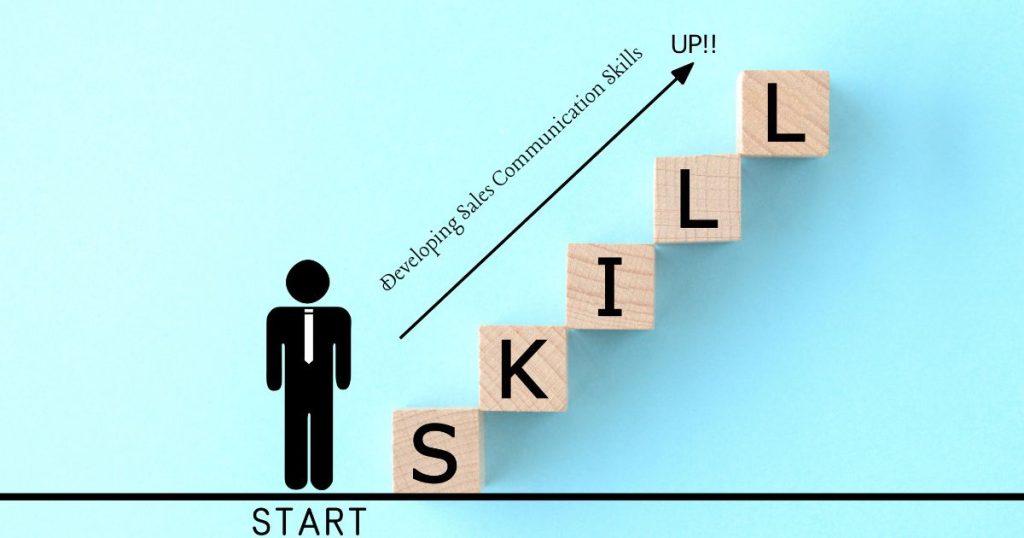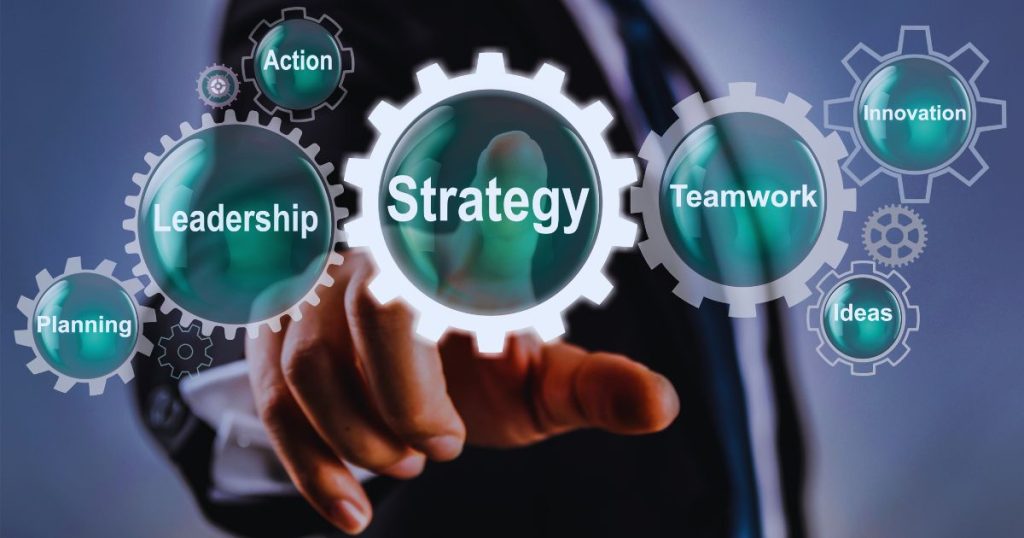Sales Funnel vs Marketing Funnel: A Comprehen
Alright, let’s get straight to business. You’re nav...

People don’t buy from businesses. They buy from other people they trust. And that trust starts with communication. Whether you’re closing a deal or solving a client issue, how you speak often matters more than what you say. That’s where strong sales communication makes the difference.
You don’t need to be born a great talker. You can build the kind of sales communication skills that help you connect, influence, and convert. The trick lies in understanding what works, training your approach, and making every conversation count.
This article walks you through the essentials of sales communication for sales reps and employees in Bangladesh. I’ll break down practical strategies, real-world examples, communication styles, and tips that work across industries. You’ll find everything from sales conversation scripts to strategies for handling objections. By the end, you’ll know how to speak with purpose, and sell with confidence.
Overall effective sales communication involves a combination of active listening, empathy, clear and concise messaging, and adaptability. Strong communication skills help build rapport, understand customer needs, convey value, handle objections, and ultimately, close deals.
Effective communication starts with clarity. I want you to think about each word you say and why you say it. When you speak clearly, your message lands with purpose, and your audience stays engaged.
Now, let’s dive into key elements that shape impactful sales conversations.
Rapport begins with listening. You need to tune into tone, pace, and concerns. When you mimic a customer’s pace and energy, you build a natural connection. That trust creates space for real conversation.
Describe benefits in simple terms. You can say something like, “This app helps you save two hours each week.” That framing makes your offer concrete and helpful. It keeps you from sounding vague or generic.
You must ask open questions that guide the customer to reflect on their needs. A question like, “What challenge slows you most?” uncovers pain points and shows you care. Then you can align your solution directly.
Objections are signals, not roadblocks. When someone says, “That’s expensive,” you can respond, “I hear that. What value would make it worth the price?” You maintain respect and steer the dialogue toward real needs.
You can guide sales conversations gently. Use phrases like “One more point worth noting is…” or “If it works for you, we can try…” That sense of direction gives structure without pressure.

Strong communication in sales is a skill—just like closing or prospecting. You don’t have to be naturally persuasive. You just need to practice the right habits and drop the ones that waste time or cause friction.
Below, I’ll cover key techniques to help you sharpen your communication and drive better outcomes.
Always use simple words. When you confuse, you lose. Think about your average customer. Speak the way they speak. If you’re offering a product in Dhaka to a retail shop owner, you won’t impress them by sounding like a textbook.
Too many salespeople talk too much. Say what matters. Cut the rest. If your client has to ask you to repeat yourself, you’ve already lost some ground. A clear message saves time and shows respect.
When you give examples from your own market, people listen. Imagine you’re selling point-of-sale software. Saying, “A pharmacy in Mirpur increased monthly sales by 30% using this” hits harder than a random foreign case study.
Speak with energy and belief. But never pressure. When you say something like, “If this solves your delivery problem, we can move forward today,” you invite a decision—not demand one.
People feel comfortable when they hear their own communication style reflected. If they’re formal, keep it polite. If they’re casual, drop the corporate script. This small shift makes big changes in how people respond to you.
Sometimes people don’t say no directly. You might hear, “We’ll think about it,” or “Not the right time.” Don’t ignore those signs. Follow up, reframe, or ask, “What’s holding you back right now?” The right question can reopen the conversation.
You can’t improve what you don’t practice. Training is what turns potential into performance. Whether you’re new to sales or already managing clients, investing time in focused communication practice can double your impact.
Let’s break down how you can approach this.
Take real calls. Listen to your own voice. Recordings help you hear your tone, pacing, and pauses. You might realize you sound rushed or unclear—things you never notice in the moment.
You can practice real customer scenarios with a colleague. One acts as the buyer, the other plays the salesperson. Rotate roles. This method trains your reflexes and gives quick feedback from peers.
There are tons of Bangladeshi YouTubers and Facebook pages where top-performing salespeople share real conversation breakdowns. Watching how they respond to objections or close deals is more useful than memorizing theory.
Platforms like kothay.app are building simple tools that can help record, track, and assess communication style. Even just checking filler words or how many questions you ask can reveal habits worth fixing.
Sometimes, customers tell you more than your manager ever will. If someone says, “I didn’t understand that,” or “You explained that well,” write it down. Those comments are pure gold.
Even skilled sales reps mess up communication sometimes. Maybe the pitch is too long, or the tone comes off wrong. But the good news is that most mistakes are fixable.
Here’s what to watch out for.
When you dominate the conversation, the customer tunes out. Instead, ask questions and give space. Pause after key points. Let them speak. Then respond with something meaningful—not scripted.
Technical terms don’t make you sound smart. They make the buyer feel left out. Always explain in clear, simple language. Use daily terms like “save time,” “cut costs,” or “grow your shop faster.”
If your pitch sounds like it came off a template, people stop paying attention. Share something fresh. Use current local references. Show that you’ve thought about their exact situation.
People don’t just buy for logic. They buy based on how they feel. Understand what they fear—delays, poor service, money loss—and speak to those points. Calm those fears with real, honest assurance.
Many salespeople wrap up with, “Let me know if you’re interested.” That puts the follow-up on the customer. Instead, say, “Can I check in with you this Friday at 3 PM?” That sets a clear path forward.

You don’t need a fancy system. A simple strategy helps you stay focused during calls, emails, and meetings. When you follow a structure, you’re less likely to lose track or miss a closing opportunity.
Let’s look at how to keep your communication organized and goal-driven.
You should always know the purpose of your call or meeting. Are you trying to qualify a lead, solve a problem, or close a deal? Write down your key points. Stay focused on what matters most to that person.
Structure helps both you and the client. Start by greeting them and confirming their time. Move into understanding their problem. Then offer your solution and ask what they think. This rhythm reduces tension and improves outcomes.
If someone is hearing from you for the first time, don’t dive into pricing. Early communication should focus on understanding the customer’s needs. Later, you can talk numbers or timelines. Match your message to where they are in the process.
After every call, spend two minutes thinking: What did I do well? What confused them? What felt rushed? Over time, these reviews build sharper communication instincts. You’ll stop making the same mistakes.
No script works for every buyer. But most conversations follow familiar paths. Here’s how to handle them better with simple adjustments.
People don’t like being sold to—but they don’t mind helpful information. When you start with, “I help shops like yours speed up delivery,” you shift the tone. It feels relevant, not robotic.
Price is never just about cost. If someone hesitates, say, “What are you comparing this to?” or “What would make this worth the price?” You start a conversation instead of a debate.
Instead of listing 10 features, focus on 2 that matter most to them. Say you’re selling inventory software to a garment seller in Narayanganj. Highlight the one that saves them manual entry time. That’s what sticks.
Follow-ups shouldn’t feel like reminders. They should add value. Send a short message: “Just wanted to share this client case in Uttara—very similar to your store.” That keeps the door open without being pushy.
You don’t become great overnight. But every day gives you a chance to get better. Think of it as a skill you sharpen—like typing faster or speaking clearer.
Here are habits that help you grow steadily.
Spending 10 minutes a week on real sales content keeps your brain fresh. Look for Bangladeshi examples when you can. Local case studies feel more real and give you context you can apply.
Hearing your own pitch might feel weird—but it’s useful. You’ll catch things you didn’t realize: repeated words, rushed parts, or flat tone. Fixing those can give you a smoother, more confident voice.
Write short notes on what worked in a conversation. Over time, you’ll build a personal playbook. You’ll spot patterns. You’ll learn what style gets more yes-es.
People say yes when they feel respected. Speak like a real person. Don’t overpromise. Don’t oversell. Just talk like you would to a friend who needs a solution. That mindset changes everything.
It’s how you speak, listen, and respond during the sales process to help customers understand and trust your offer.
Without clear communication, your solution won’t land. Sales relies on connection, and that starts with the right words.
Practice real conversations, record your calls, and reflect on customer feedback to sharpen your approach.
Talking too much without asking questions or listening carefully to the customer’s needs.
Yes, they can help track and assess how you speak, respond, and present during live or practice calls.
Every deal starts with a conversation. And better communication means better results. Whether you’re cold calling a shop in Sylhet or sending a follow-up message to a corporate lead in Gulshan, how you say things will decide what happens next.
You don’t need to sound perfect. You just need to be clear, confident, and focused on solving real problems. The strategies we’ve covered—from tone and questions to tools and training—are your daily toolkit for winning more conversations.
Start applying these sales communication skills today. The difference will show in your deals, your client relationships, and your confidence. You already have what it takes, now just speak like it.